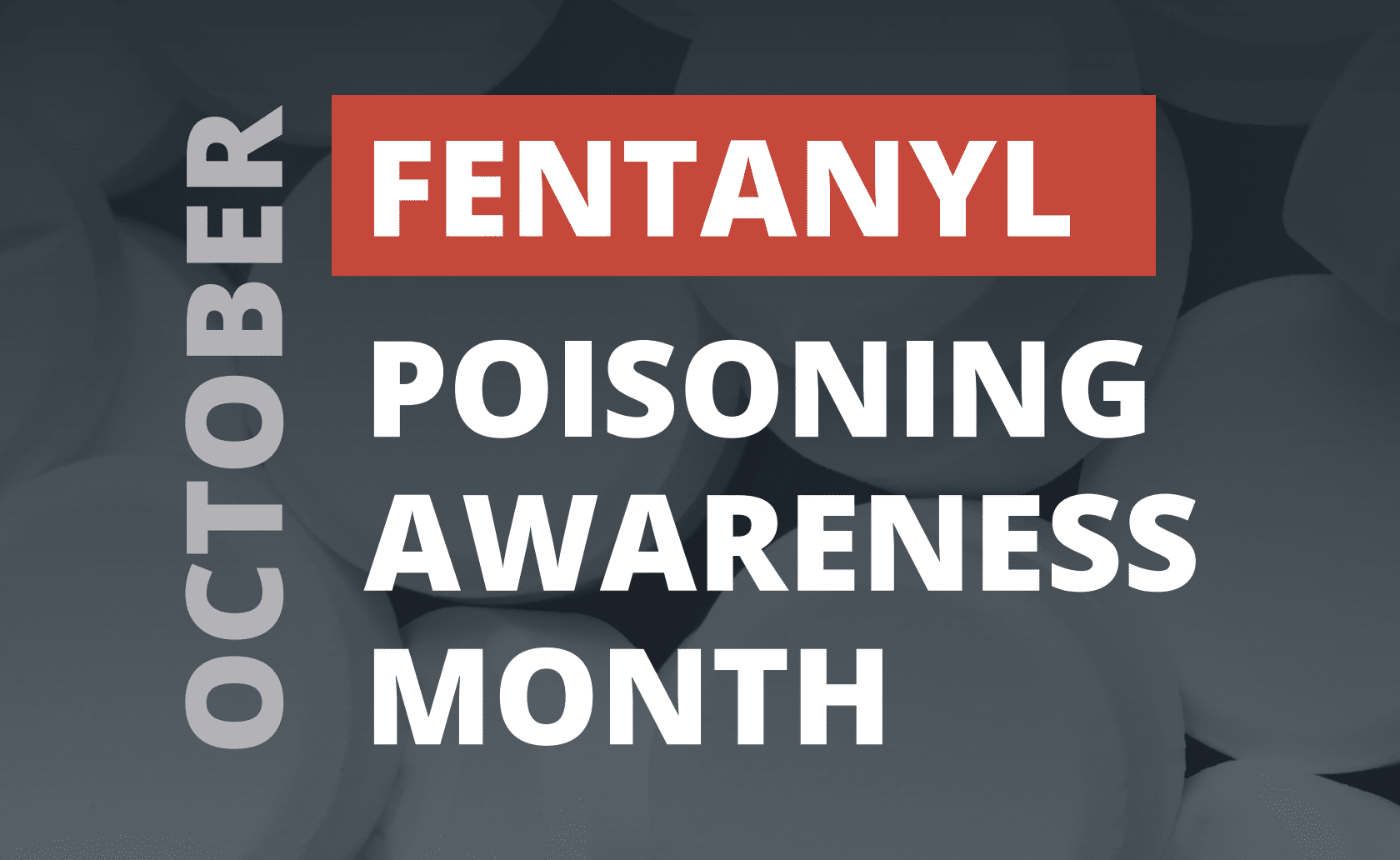Every year, the Drug Enforcement Administration (DEA) gets a few more allies in its bid to turn October into National Fentanyl Misinformation Month. Texas has now officially designated it Fentanyl Poisoning Awareness Month, inside of which is also Fentanyl Poisoning Awareness Week. Other jurisdictions have their own fentanyl awareness week or night or fall festival or etc. Two dozen regional DEA field offices hosted Family Summits on Fentanyl in the lead-up to October 28, when observers of the agency’s National Prescription Drug Take Back Day hand over perfectly good pharmaceuticals to be incinerated.
Height of the season is of course October 31, when drug dealers hand out free samples to children.
In October 2022, a little over a year after the DEA rolled out its “One Pill Can Kill” campaign, Texas Governor Greg Abbott launched his spinoff, “One Pill Kills.” Other fentanyl awareness campaigns have followed, not just from government agencies but also from various school districts. Since they’re all just reciting DEA talking points, they’re all pretty much along these same lines:
You may think fentanyl only affects “addicts,” but teens are now targets because counterfeit pills containing fentanyl are being marketed to them over social media. Because fentanyl is 50 times stronger than heroin and 100 times stronger than morphine, just 2 mg is a deadly dose. There’s no way to tell whether a pill contains fentanyl, and most teens have never heard of it.
Fentanyl pills look exactly like pharmaceuticals, but are also rainbow-colored. Some have the same markings as pharmaceuticals, but also other markings or no markings. Fentanyl is also in drugs such as heroin and cocaine and marijuana, and it comes in “liquid, powder, lollipops, tablets that dissolve in your cheek/under your tongue, nasal and mouth sprays, eye drops, skin patches, powders, pills and injectables.”

To date, there are no confirmed reports of fentanyl ever being found in marijuana or in counterfeit Adderall tablets. There are instances of fentanyl turning up in most other state-banned drugs. But it’s predominately in the opioid supply, and divorcing it from that context serves no one. Fentanyl in powder form is driving overdose on the East Coast, while the fentanyl pressed pills these awareness campaigns focus on are predominately distributed in the West.
The strongest argument for these campaigns is that most of them do mention Narcan. But they often don’t mention where or how to access it. Many don’t mention the $1 fentanyl test strips (FTS) being decriminalized across the country, which are unhelpful to most of the people who are most at risk of overdose but extremely suited to teens buying pills over Snapchat.
If they do mention FTS, it’s to say that drugs may still contain fentanyl even if the test is negative, when what they should be saying is that FTS are extremely sensitive to even trace amounts—quantities even smaller than the 2 mg the DEA likes to claim is the “deadly dose”—and often result in false positives if not used correctly. The claim that most teens have never heard of fentanyl appears to come from the 2022 Arizona youth Survey, where teens were asked “Have you ever used the drug fentanyl?” and 37 percent chose “I have never heard of that drug.”
None of these campaigns increase anyone’s awareness of their overdose risk, just their awareness of DEA propaganda. Though the list of fentanyl eye drops and nasal sprays and such comes from the CDC.
On October 25, Dunn County, Wisconsin, launched a campaign with the slogan “One Line. One Pill. One Gummy. Fentanyl Kills.” This is a reference to two non-fatal overdoses attributed to fentanyl-adulterated Delta-8 gummy bear edibles. The claim was retracted three days later, but the Dunn County Health Department still ran with it and so far hasn’t had to explain what awareness it’s trying to increase, or why it’s using opioid settlement funds to put it on a billboard.
Top image via Texas Education Agency. Inset image via City of Odessa.





Show Comments